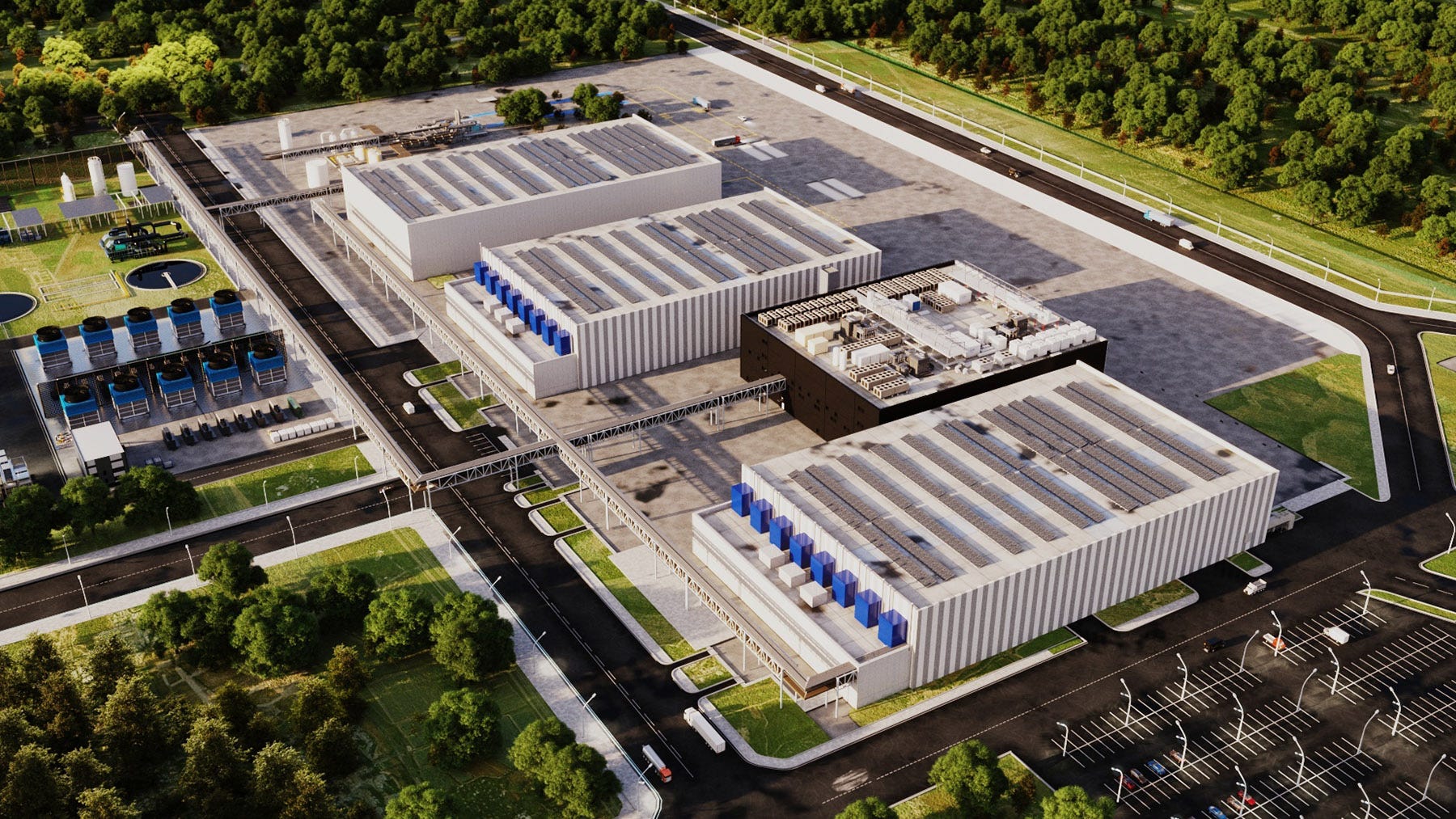The hidden drivers of environmental efficiency by Anurag Raj
Protective coatings are emerging as key tools in reducing data centers' energy use and emissions—enhancing efficiency, extending asset life, and supporting sustainability in digital infrastructure.
Published 20 June 2025

Data center protective coatings are emerging as critical yet often overlooked solutions in the battle against rising energy consumption and greenhouse gas emissions. With the industry's rapid expansion creating significant environmental challenges, these innovative coating technologies for equipment and structural components represent a vital tool for balancing digital growth with environmental responsibility.
As demand surges, data centers will increasingly become the backbone of modern life. However, the industry’s rapid expansion has resulted in a significant environmental footprint due to energy and water demands. According to reports, primary data center markets in North America alone added 515 MW of supply in the first half of 2024, representing 24% growth year-over-year.
Considering the increasing realization of the environmental impact of data centers and to meet sustainability goals, including Scope 1 and 2 emissions reduction, operators will need to consider the important role that specialized coatings can play to maintain these mission-critical facilities.
The industry faces increasing pressure from customers, investors and regulatory bodies to balance growth with environmental responsibility. As data center operators seek new ways to enhance energy efficiency, reduce emissions and extend asset lifespans, specialized coatings offer a practical, impactful solution.
Maintaining asset integrity
Data centers power essential modern life services, from cloud computing and e-commerce to banking and healthcare. Imagine if a critical business tool, such as a customer service platform or an online financial system, went offline for a day. Increasingly, the reliability of data centers is becoming as crucial as the power grid itself.
To help maintain long-term resilience and keep modern life steady, protective coatings offer multiple solutions to extend the lifespan of data centers to reduce downtime and replacement costs for operators. Protective coatings are already widely used in other critical industries to safeguard infrastructure from environmental stressors. Anti-corrosive and durable coatings have been widely used in essential sectors, such as offshore energy, to protect infrastructure from harsh environmental conditions. For instance, specialized coatings applied to offshore wind turbine blades can have the potential to extend their lifespan up to 50 years in some cases, delay replacement cycles, minimize maintenance, and reduce the carbon emissions impact of manufacturing new components.
These same principles apply to data center structural components and equipment.
Specialized coatings can protect structural components and critical assets from corrosion, hazards such as fire, long-term wear and environmental stress. By reducing the frequency of maintenance and replacement, these coatings support more sustainable operations and lower costs.
Enhancing energy efficiency and reducing emissions
According to McKinsey, data centers are among the most energy-intensive facilities, with cooling systems accounting for up to 40% of a facility's energy use. The need for 24/7 backup power and the significant water usage to dissipate heat amplify this challenge. That's where the role of coatings can help offer more sustainable operations. Coatings can play a role in optimizing facilities, for example:
-
Thermally Insulating Coatings: These coatings create a barrier against heat transfer, helping to stabilize internal temperatures within data centers. By minimizing heat absorption, they reduce the strain on HVAC systems, cutting energy consumption and operational costs.
-
Reflective Coatings: Applied to roofs and exterior walls, these coatings help deflect solar radiation, particularly in data centers located in hot climates. By reducing heat gain, reflective coatings lower cooling demands, improving overall facility efficiency.
-
Low-Volatile Organic Compound (VOC) Coatings: These coatings are formulated with fewer emissions-producing chemicals, reducing the environmental impact of routine maintenance and repainting cycles. This supports corporate sustainability objectives while maintaining high-performance standards.
Beyond application, advanced lifecycle assessments and digital modeling tools can quantify the emissions reductions achieved through specialized coatings. By extending the operational lifespan of data centers, coatings reduce the need for costly component replacements, cutting down on the carbon footprint linked to raw material extraction, manufacturing and transportation.
The future of protective coatings in data centers
As data centers continue to expand, the industry’s approach to sustainability must evolve. Coatings will likely play an increasingly integral role in energy efficiency, asset protection, and regulatory compliance.
Key protective coating trends shaping the future include:
-
Increased adoption of passive cooling technologies: Next-generation coatings will complement passive cooling strategies by reducing heat absorption at the source, limiting reliance on traditional HVAC systems.
-
Development of coatings: Emerging technologies may allow coatings to dynamically adjust their properties based on temperature fluctuations, improving real-time energy management in data centers.
-
Greater integration with sustainability reporting: As organizations emphasize measuring and reporting sustainability metrics, coatings will be evaluated for their long-term impact on emissions reduction, energy savings and lifecycle extension.
Data centers are becoming the backbone of modern digital infrastructure, but their environmental footprint continues to grow. Operators looking to balance expansion with sustainability should explore the role of coatings in long-term efficiency strategies. By integrating advanced protective coatings into facility design and maintenance plans, data centers can achieve improved performance, reduced costs and enhanced environmental responsibility.
Anurag Raj is PPG customer sustainability business partner for protective and marine coatings.
Originally published in Data Center Knowledge.
